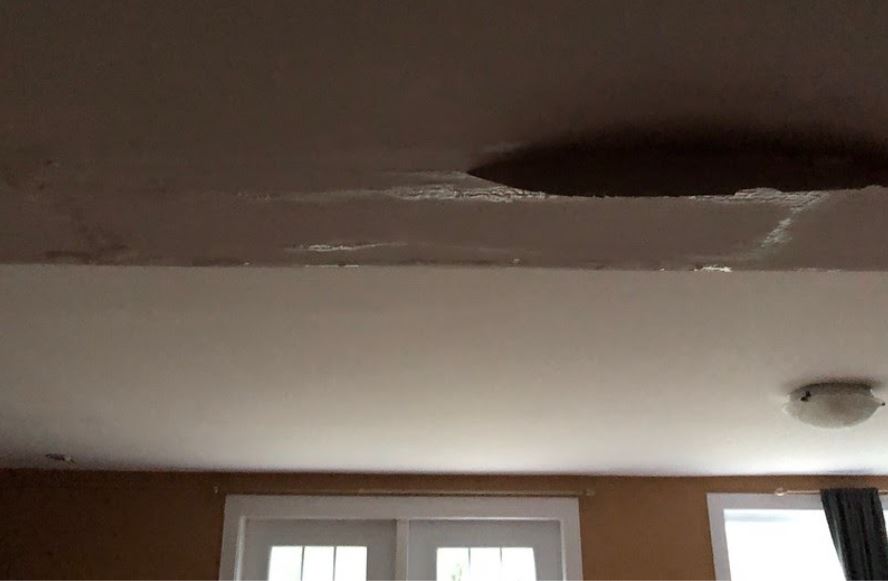What're your insights and beliefs about Most Common Causes of Leaky Pipes?

Leaks not only trigger waste of water but can additionally cause unneeded damages to your residence and also promote unwanted natural growth. By looking and understanding for day-to-day scenarios that trigger leakages, you can protect your house from future leakages as well as unnecessary damage.
Immediate temperature level adjustments.
Severe temperature changes in our pipes can trigger them to increase and contract suddenly. This development and tightening might cause cracks in the pipelines, especially if the temperature level are listed below freezing.
Rusty water systems
As time goes by, your plumbing system ages and deterioration such as corrosion might begin eating away the pipes. This might be the root cause of staining or bending on your pipes. This requires an examination with your plumber instantly. Consider changing the pipes because they are at a higher threat of rust than the newer versions if our plumbing system is old.
Defective Pipeline Joints
Pipeline joints can wear away over time, resulting in water leakages. If you have loud pipelines that make ticking or banging sounds, particularly when the hot water is turned on, your pipe joints are probably under a lot of stress.
Elbowing in origins
The majority of water leaks begin outside the residence rather than inside it. You may see wet patches or sinkholes in your lawn, and also that might imply that tree origins are attacking water lines causing water to permeate out.
Poor Water Connectors
At times, a leak can be triggered by loose hose pipes and also pipelines that provide your appliances. Usually, changing is what causes the loose water Connections. You could locate when it comes to a washing device, a hose pipe may spring a leakage as a result of drinking during the spin cycle. In case of a water connections leak, you may see water running directly from the supply line or pools around your home appliances.
Blocked Drains
Obstructed drains may be annoying as well as inconveniencing, yet they can sometimes end up triggering an overflow bring about break pipes. Keep removing any type of materials that might decrease your drains pipes that can obstruct them to stay clear of such aggravations.
All the above are causes of leakages but not all water leakages arise from plumbing leakages; some leakages may originate from roofing leaks. All leaks need to be fixed quickly to stay clear of water damages.
Leaks not only cause waste of water but can also cause unnecessary damage to your residence and also advertise undesirable natural growth. By comprehending and looking for day-to-day circumstances that trigger leaks, you can shield your residence from future leaks and unneeded damage. Today, we will certainly look at 6 leak creates that may be causing your pipelines to drip.
At times, a leakage can be triggered by loosened pipes and pipelines that supply your home appliances. In case of a water links leak, you may see water running directly from the supply line or pools around your appliances.
How To Check For Water Leak In Your Home
How To Check for Leaks
The average household's leaks can account for nearly 10,000 gallons of water wasted every year and ten percent of homes have leaks that waste 90 gallons or more per day. Common types of leaks found in the home are worn toilet flappers, dripping faucets, and other leaking valves. These types of leaks are often easy to fix, requiring only a few tools and hardware that can pay for themselves in water savings. Fixing easily corrected household water leaks can save homeowners about 10 percent on their water bills.
To check for leaks in your home, you first need to determine whether you're wasting water and then identify the source of the leak. Here are some tips for finding leaks:
Take a look at your water usage during a colder month, such as January or February. If a family of four exceeds 12,000 gallons per month, there are serious leaks.
Check your water meter before and after a two-hour period when no water is being used. If the meter changes at all, you probably have a leak.
Identify toilet leaks by placing a drop of food coloring in the toilet tank. If any color shows up in the bowl after 10 minutes, you have a leak. (Be sure to flush immediately after the experiment to avoid staining the tank.)
Examine faucet gaskets and pipe fittings for any water on the outside of the pipe to check for surface leaks.
Undetected water leaks can happen without the home or business owner even realizing. If you suspect a water leak, but not able to find the source. It is time to contact a professional water leak detection service, The Leak Doctor.
How To Find a Water Leak In Your Home
https://www.leakdoctor.com/blog/How-To-Check-For-Water-Leak-In-Your-Home_AE197.html
/GettyImages-957479686-f3d2e677f2e749fc98aa207b474c5c1f.jpg)
Hopefully you enjoyed reading our piece about Common Water Leaks In House. Thank you for taking time to read through our blog post. If you please set aside a second to distribute this article if you enjoyed reading it. Thanks so much for taking the time to read it.
Sink issues? Connect.